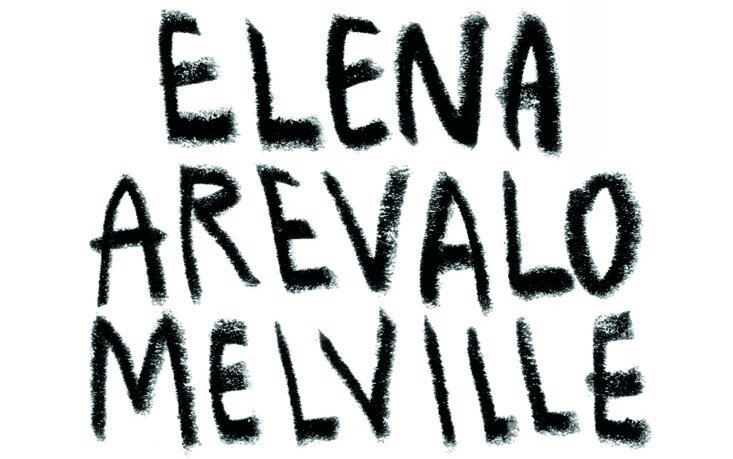I joined a ceramic studio to balance my otherwise lonely working week. Sometimes ceramics are part of my creative process and I work out geographies or characters or spacial relationships or patterns through it. Sometimes ceramics are the intended creative outcome. Sometimes there is only the pleasure of process with muddy hands away from any screen.
I have a very playful and experimental approach to ceramics. I am always searching for that unique tactile beauty that you can only appreciate when you hold something in your hands.
Each piece is lovingly handmade, often signed (with a bird) and sometimes numbered.
Why a bird? I don't know, it just is, as has always been since my earliest memories growing up in Guatemala.
I sell my pieces at Kiln Cambridge in July and November, with Clay Corner at pop up events and markets, and with selected stockists in the UK. (Stockists section coming soon…)
I am drawn to expressive sculptural pieces, and to more quiet and intimate vessels, tableware and everyday objects.
My sculptural work is heavily influenced by natural shapes. I like ambiguity in the outcome, where something is almost recognisable while allowing space for different meanings. Most of my sculptures are handbuilt with a combination of coiling and slabs, and fired as naked clay (with no glaze)
My tableware is mostly thrown on the wheel on stoneware clay which is finished in a variety of glazes.
I enjoy making unique tea bowls and small editions of snack or spice bowls, the sort of thing that fits snuggly in the hand, and can coexist without competing with the other pieces on your table. They are meant to be used and enjoyed.
I also make little bottles which can be used as inkwells, or vases for tiny flowers or twigs.

























Ceramics shop
Whereas books, zines and prints can be reprinted, ceramics are one of a kind objects. Glazes develop in unique unrepeatable patterns depending on what else is around them while they fire.
Please do visit my ceramics shop to see my latest pieces .
Clay, beautiful clay.
-

Plastic
Clay contains a lot of water. While it is wet. clay is plastic and malleable. You can shape it, cut bits off, stick them back together. If it’s very wet slip you can pour it into a mould.
Straight out of the bag you must wedge all bubbles out of the clay before shaping it either on the wheel or by hand building.
-

Leatherhard
At this stage the clay feels like cheddar cheese and it is a delight to scratch and alter the topography of the surface. You can still score and slip parts together to make more complex shapes.
This is a lovely stage to turn. Pieces can be suspended at leather hard for months if moist and well wrapped in plastic. Otherwise the piece becomes bone dry and ready to fire.
-

Bisque
When the water is evaporated a piece may go through a first firing called “Bisque”. Now it becomes a solid object. this is the ideal state to apply glazes as it is still quite porous. The pieces on the left have been bisque fired , the ones on the right have been glazed fired.
-

Glaze
The final stage is the glaze firing. This high temperature firing vitrifies the glazes and makes the piece hard and mostly watertight.
Glazes are made of suspended particles in water. Glazes look very different before and after the firing. They are a very fiddly part of the process, one that needs to be right quickly.

















